DEVOTION – Part 2: Spain
Chapter 4: Toledo
On the banks of the Targus River in central Spain is the small city of Toledo. Toledo is known as the “Imperial City” because it was the main venue of the court of Charles V, Holy Roman Emperor in Spain. Toledo was the capital of the Visigothic Kingdom from 542 to 725 CE, after the Visigoth conquered the Roman Empire. It was the seat of a powerful archdiocese for much of its history and Toledo has a Gothic cathedral that went along with that.
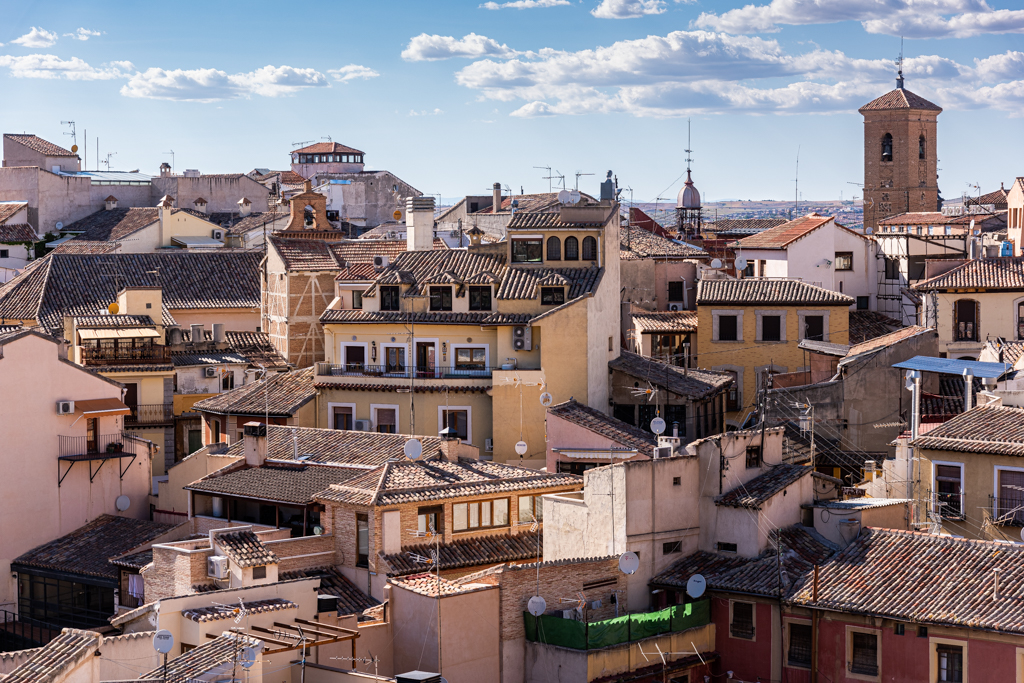
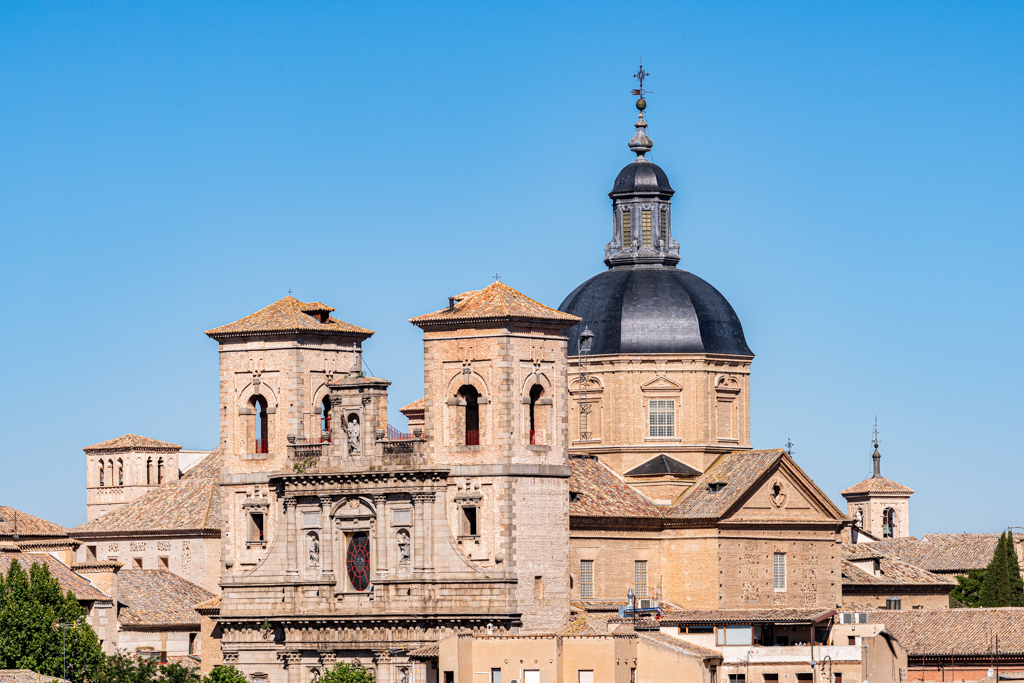
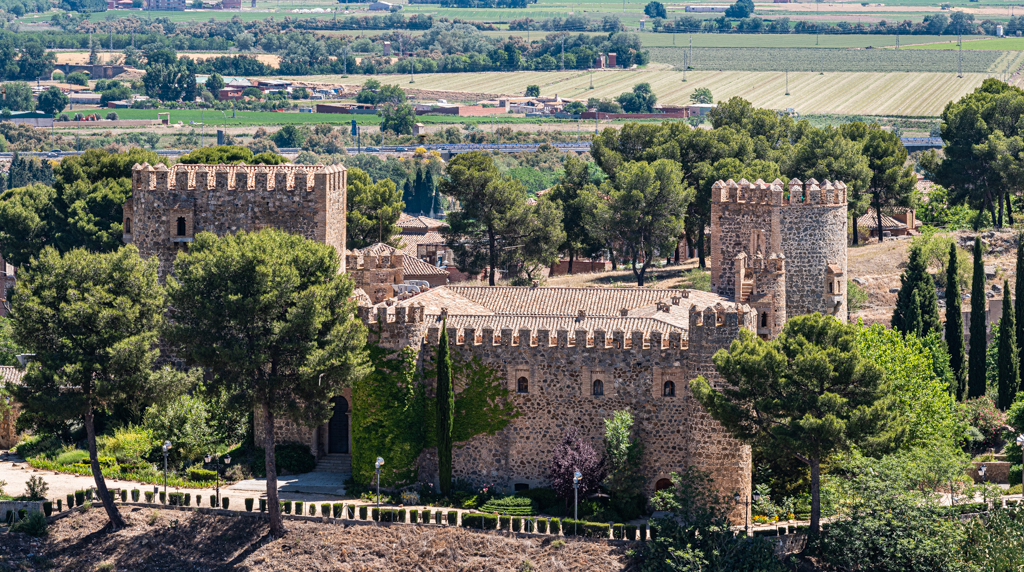


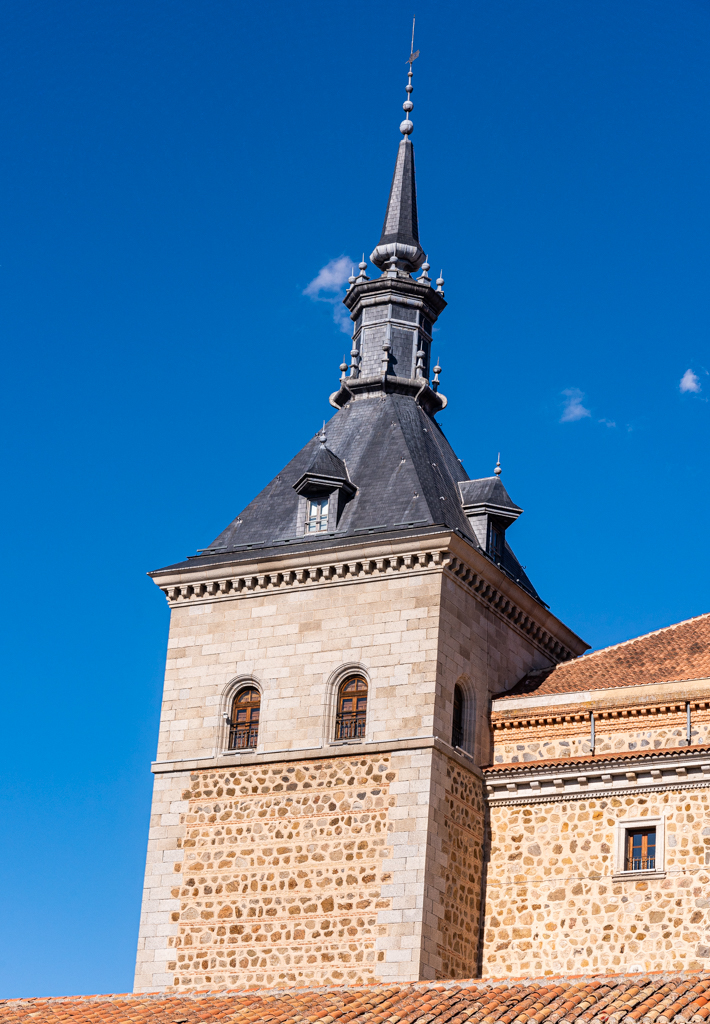
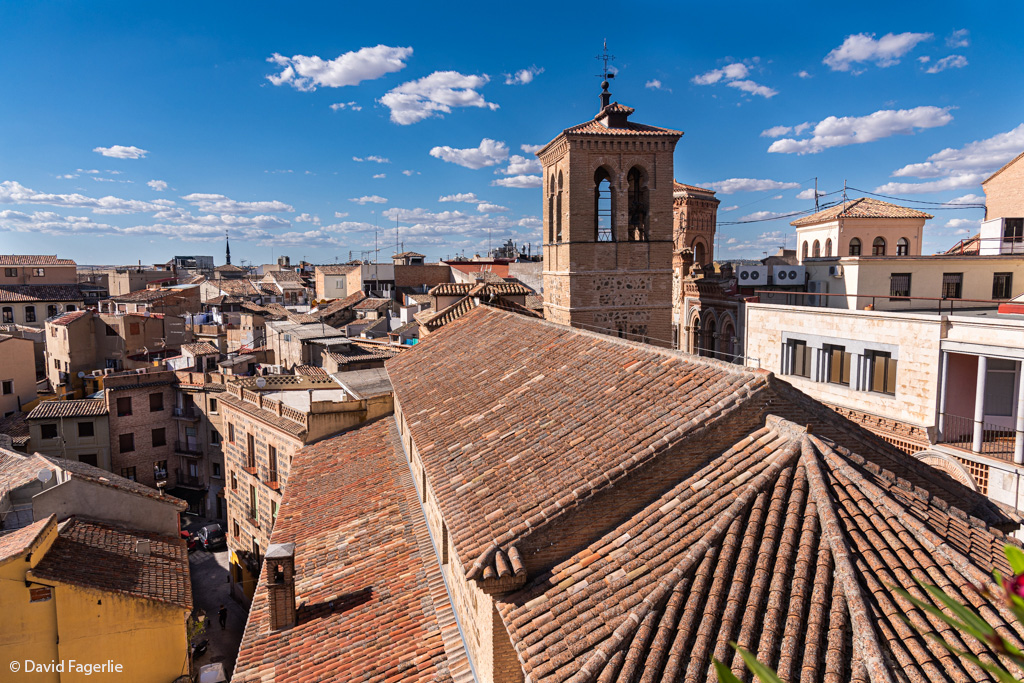
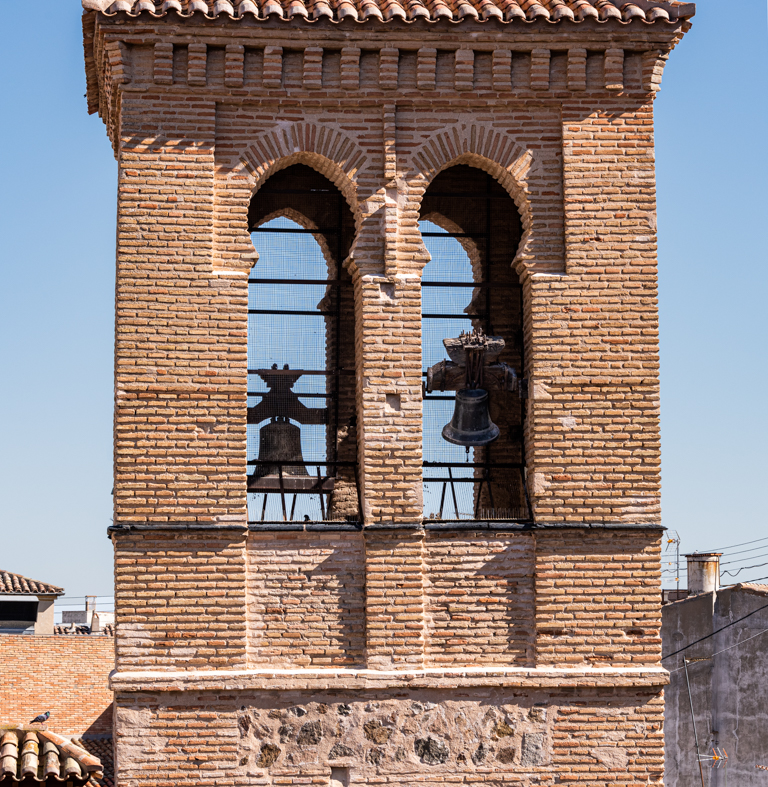

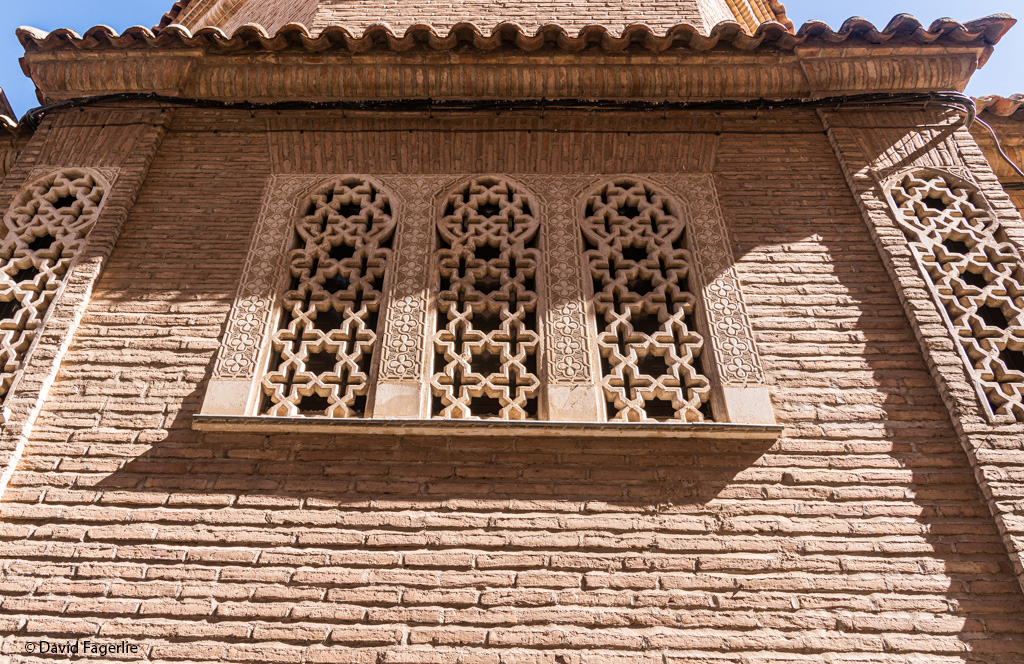
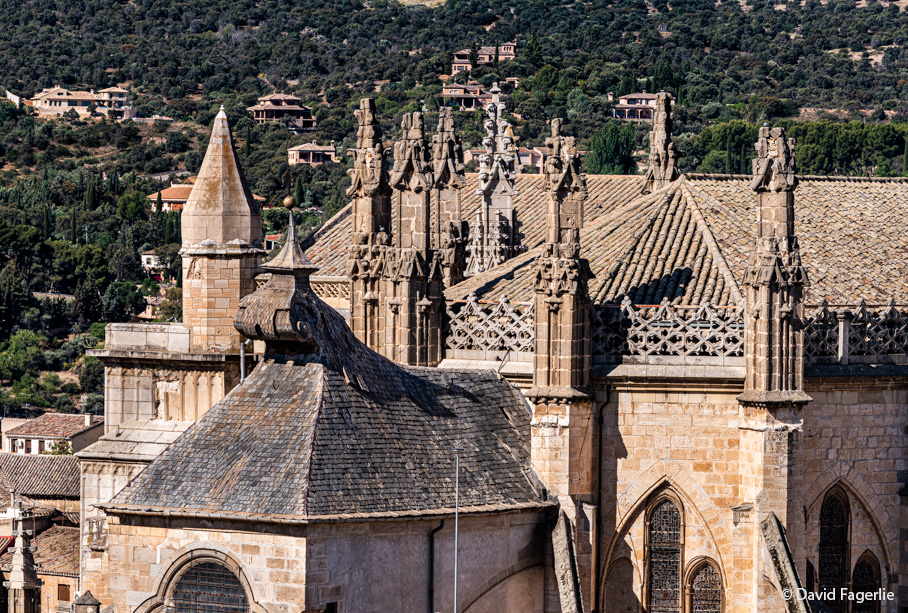
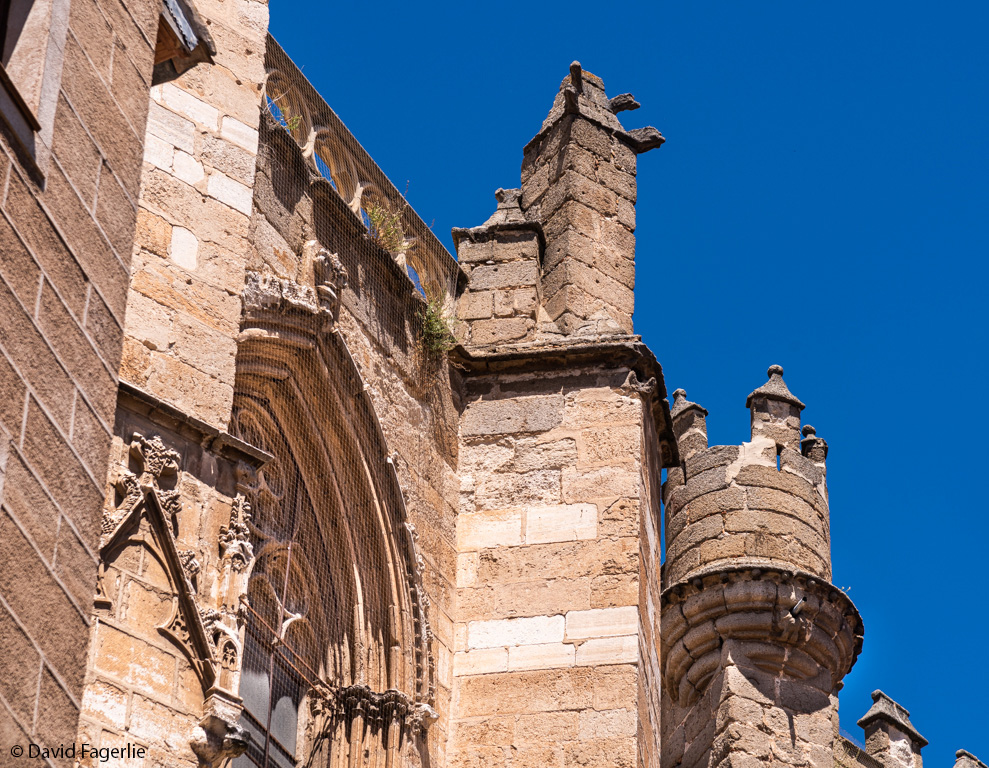
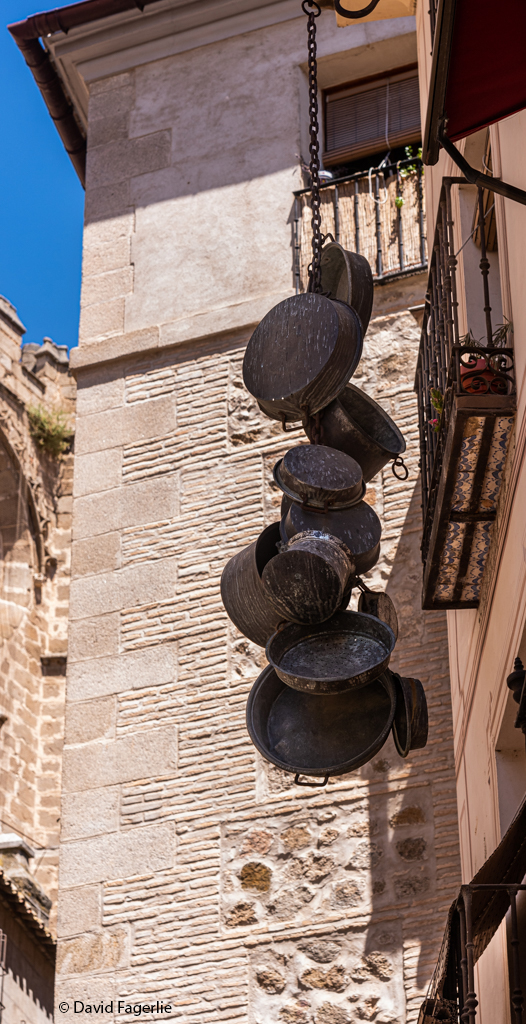
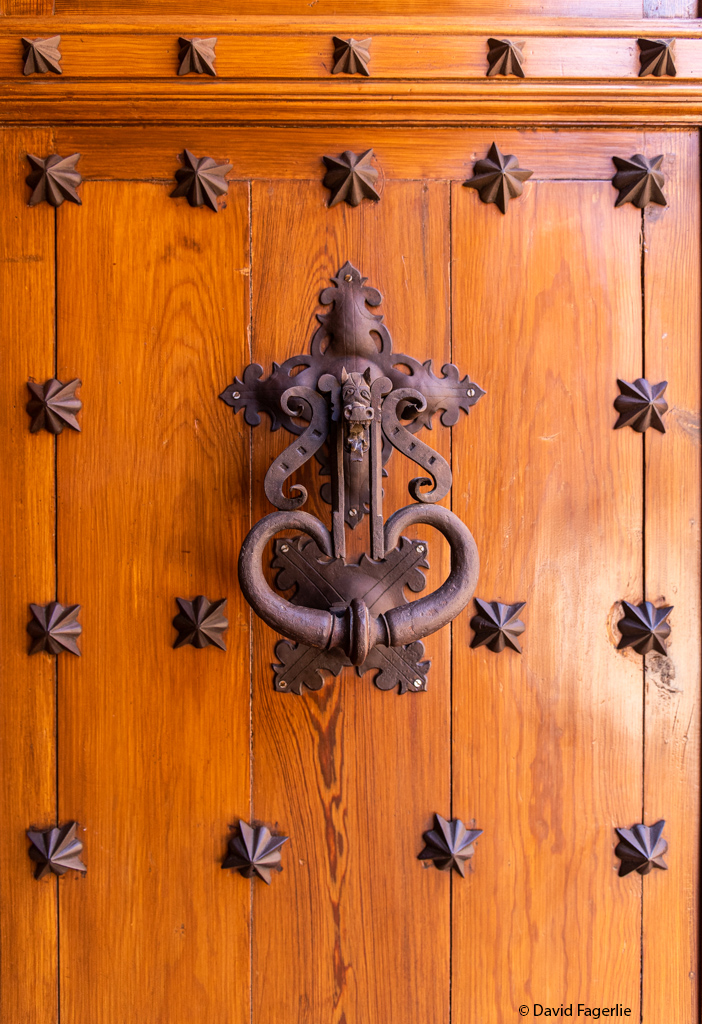
Walking the residential area of this compact and medieval city it seemed a little like a movie set and I expected to see soldiers in suits of armor on the streets.
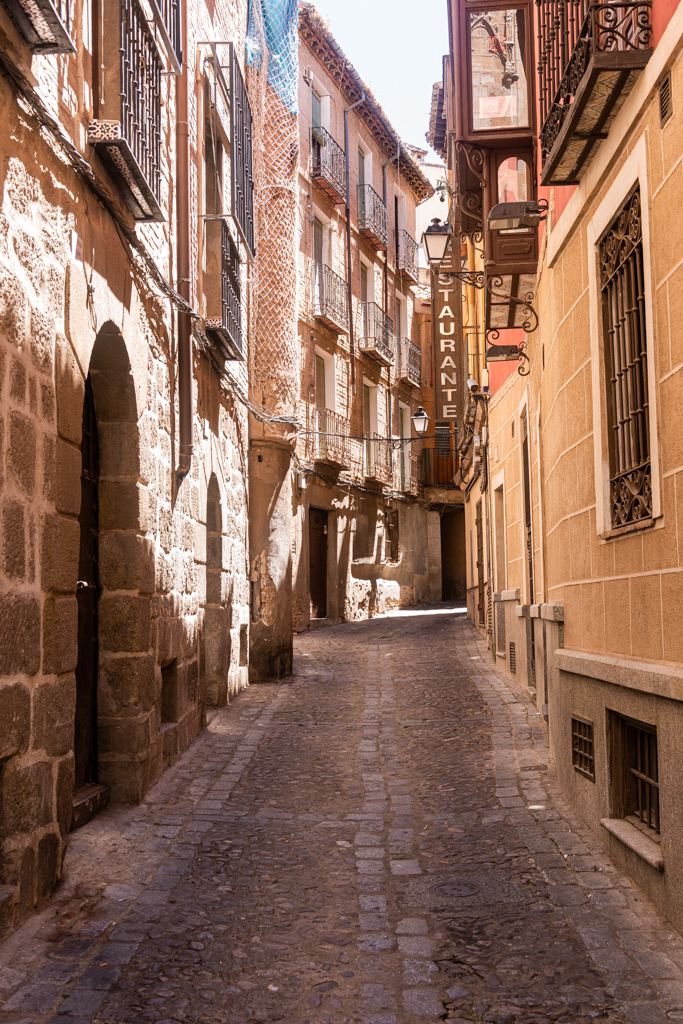
… Oh, there were soldiers in armor.
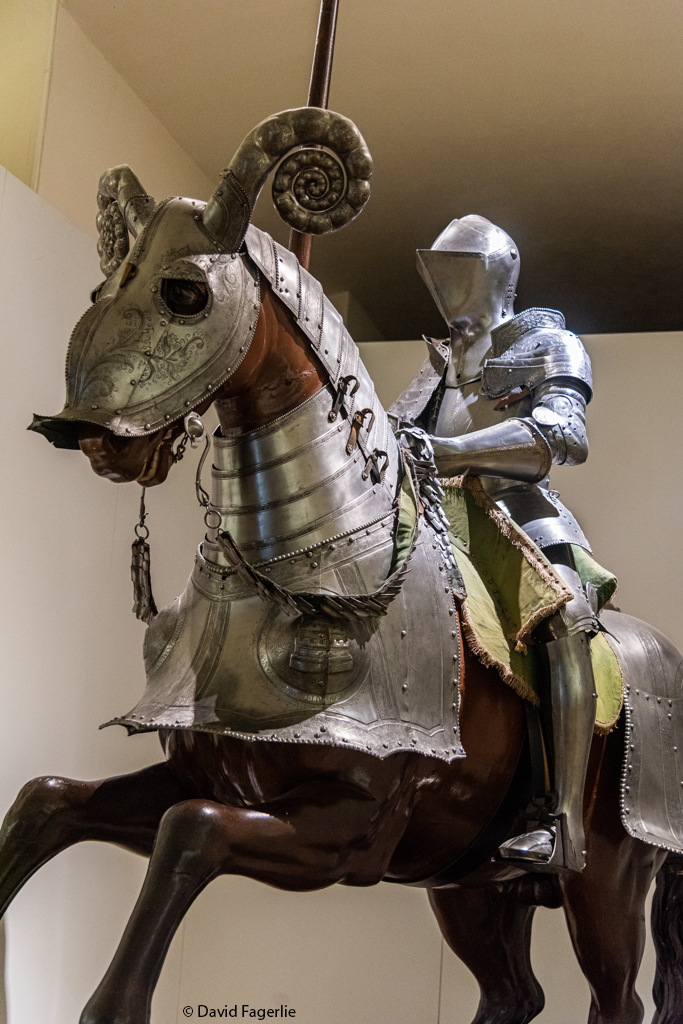
… a lot of them.

We were able to find empty, quiet and wonderful streets in residential areas that lacked services. However, where services were located the streets looked like this…
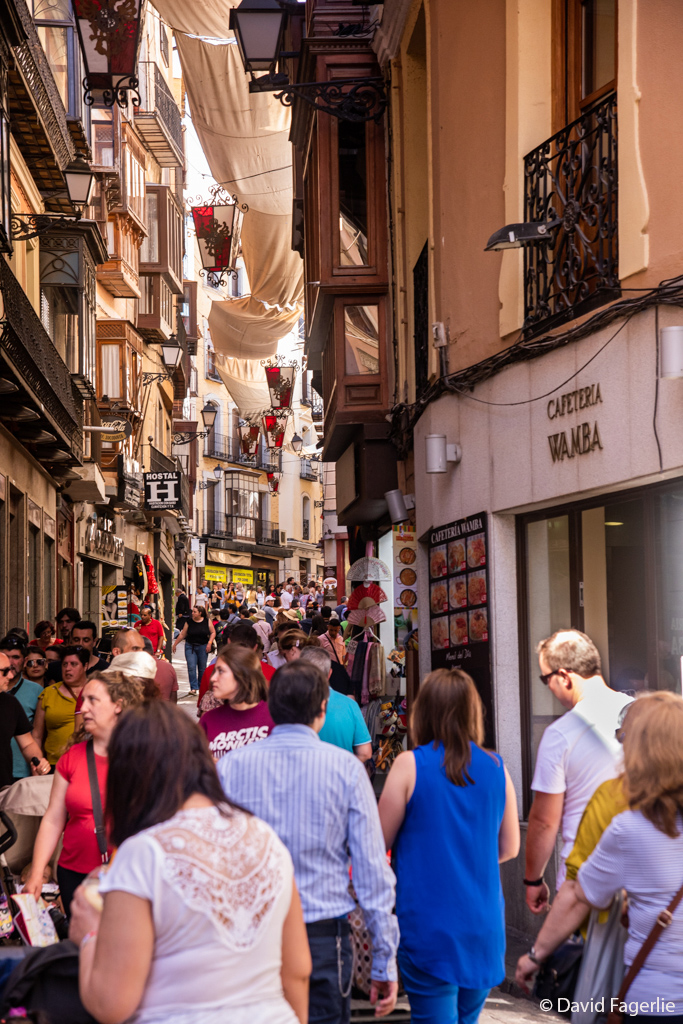
There were simply too many people. I had to either walk at the slow pace of the crowd or get out of the way because the flow was like molten lava; there was no stopping it or getting it to go faster. Vendors scrambled to keep up; there was no time for polite service or chit chat in my limited Spanish. The city simply wasn’t big enough nor were there enough services to handle the hordes. It was the one town I visited in Spain I would only visit again in the off-season, if one exists?
Toledo has, for centuries, been a city of three cultures – Christian, Muslim and Jewish – that have lived more-or-less in harmony.
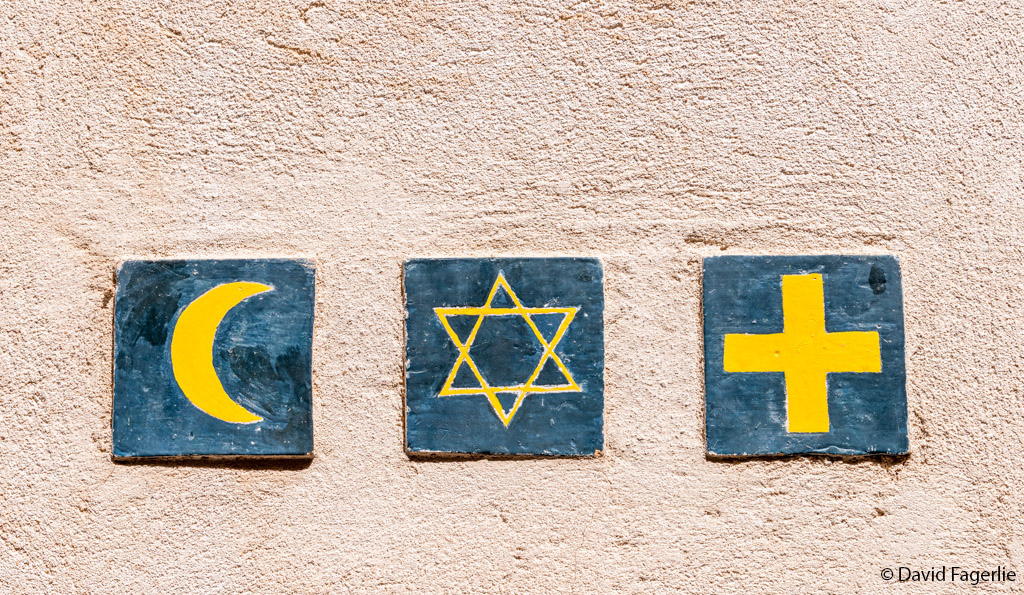
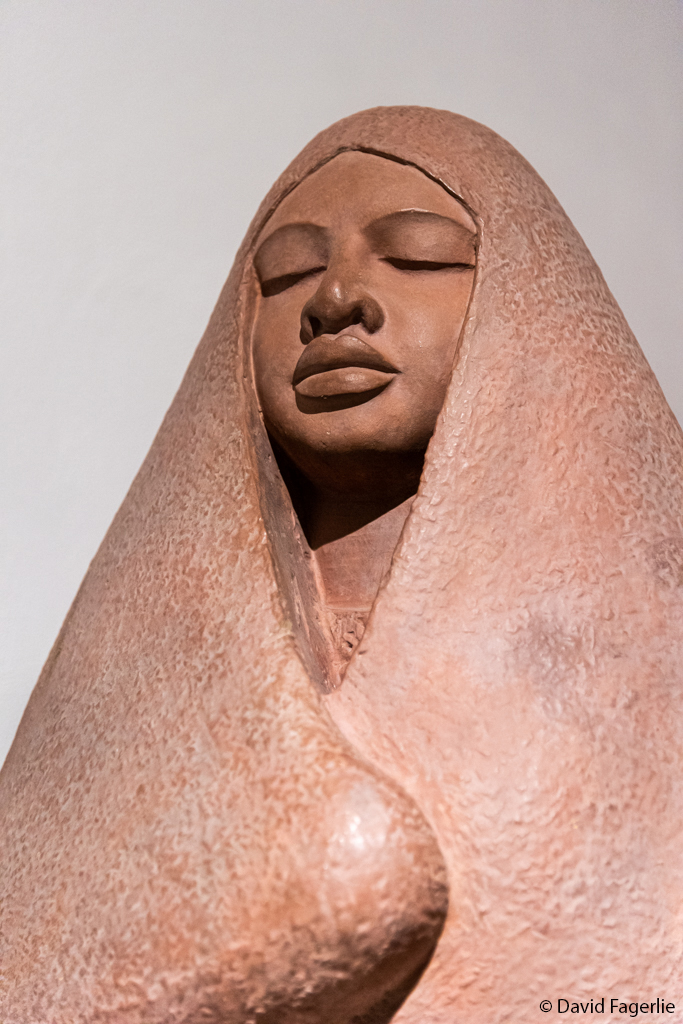
There was a beautiful synagogue that is purported to be the oldest in Europe, erected in 1180 CE. We were allowed to see only one room of Synagogue of Santa María la Blanca but it was worth the walk to see it. Its construction style was to symbolize cooperation of the Jewish, Muslim and Christian cultures. According to Wikipedia, the synagogue is now managed and preserved by the Catholic Church.
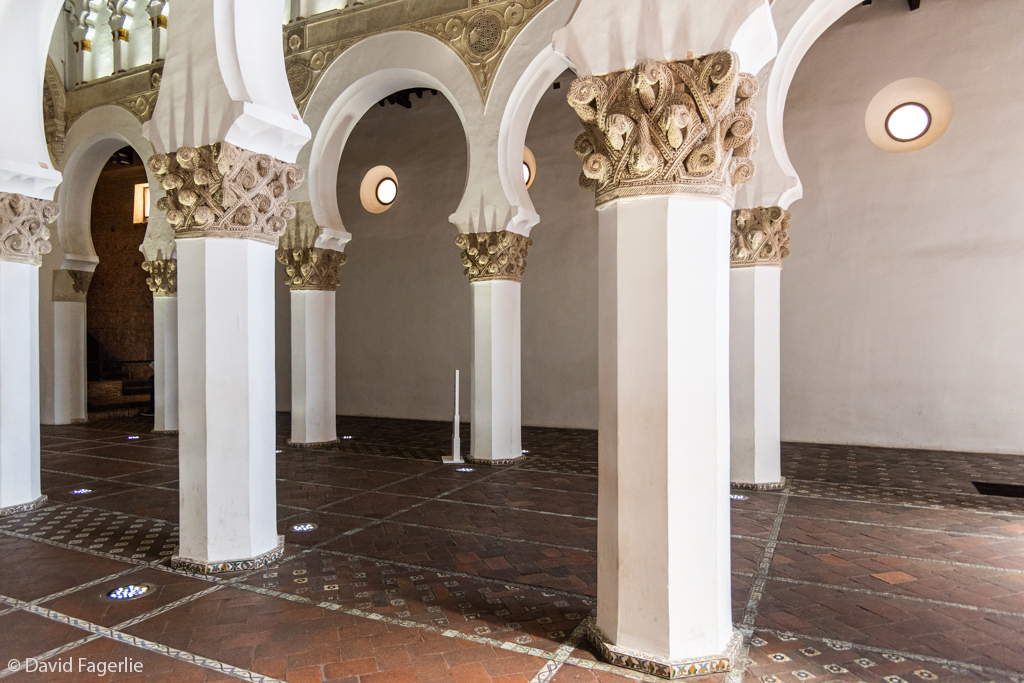

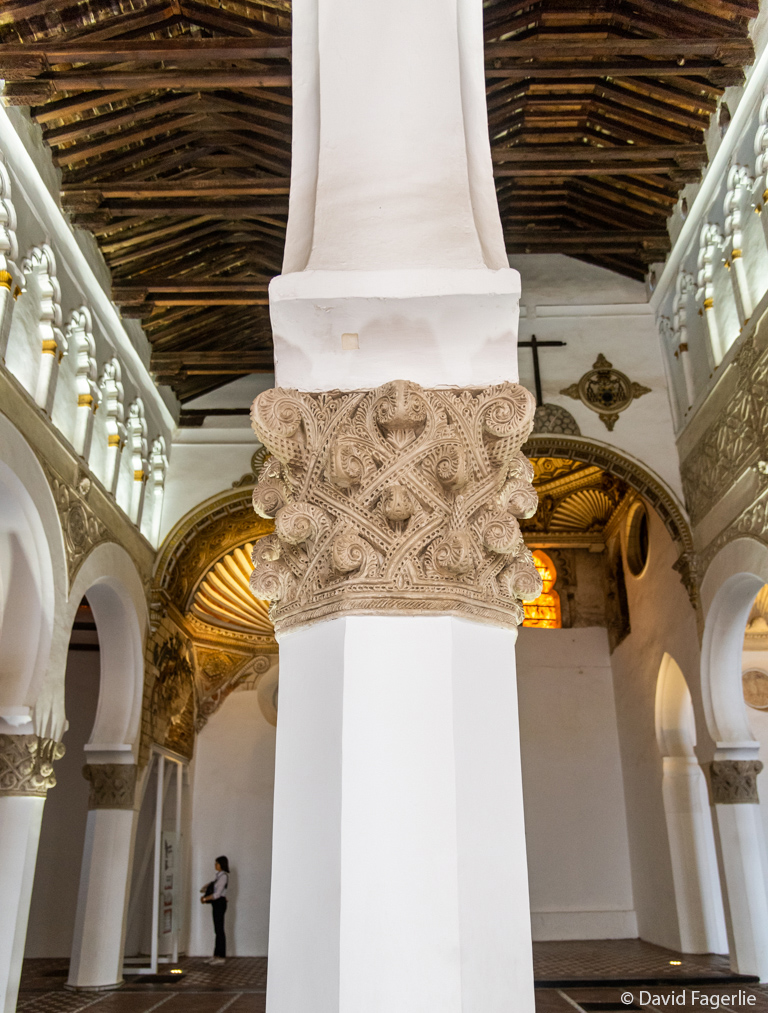
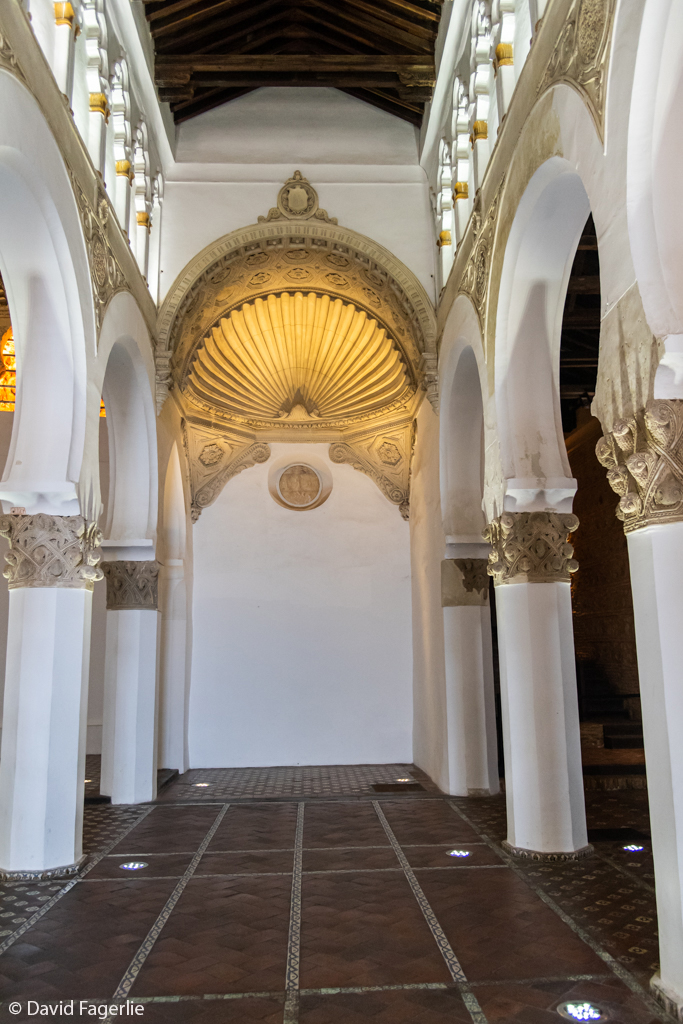
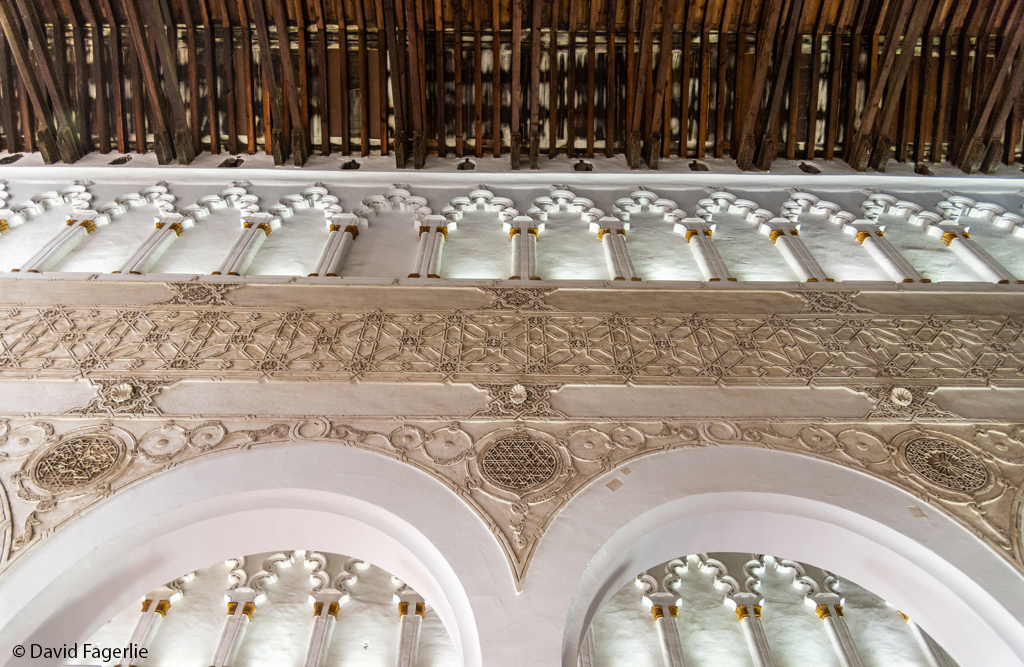
During Moorish rule Toledo was governed by its nearby city of Córdoba. Eventually, during the “Reconquista” the Christians overtook Toledo. If I return to Toledo I would make an effort to see more of the Jewish and Muslim areas and buildings.
The highlight of visiting Toledo was seeing the Catedral Primada Santa María de Toledo, a Roman Catholic Church in the center of the city. It is one of the three 13th century High Gothic cathedrals in Spain and it is considered by some critics to be the “magnum opus” or best of kind of that style in Spain. It is extraordinary beyond words!
Development of the cathedral began in 1226 under the rule of Ferdinand III and the finishing touches of the vaults of the central nave were completed in 1493. It was modeled after the Bourges Cathedral in France, although its five nave plan was so the building would cover all of the footprint of the former city mosque.
The city of Toledo was reconquered by Alfonso VI, King of León and Castile, in 1085. One of the agreements of the Muslim capitulation that made possible the transfer of the city without bloodshed was the king's promise to conserve and respect their institutions of higher learning, as well as the customs and religion of the Muslim population which had coexisted with the general population. Preservation of the city mosque was part of the agreement.
The king left his queen and the archbishop in charge while he was away on matters of state. On October 25, 1087 the archbishop and Queen Constance sent soldiers to seize the mosque by force where they installed a provisional alter and hung a bell in the minaret, “following Christian custom to 'cast out the filthiness of the law of Mohammed'. The priest Mariana writes that king Alfonso VI was so irritated by these events that neither the archbishop nor the queen were able to prevent him from ordering the execution of all the active participants. Legend tells that the local Muslim populace itself helped restore peace, with its chief negotiator, Fagih Abu Walid, requesting the king to show mercy, and imploring his fellow townsmen to accept the Christian usurpation as legitimate. In gratitude for this gesture, the Cathedral Chapter [counsel of clerics] dedicated a homage to Walid and ordered his effigy to be placed on one of the pillars in the main chapel, in this way perpetuating his memory. Thus the conversion of the Toledan mosque was upheld and it remained consecrated as a Christian cathedral. … Pope Urban II recognised this church in 1088 as the primate cathedral over the rest of the kingdom. ” – Wikipedia
The bell tower of the cathedral rises high above the skyline. In this photo taken from the back side of the cathedral one can trace the fantastic size of the building, flying buttresses and all.
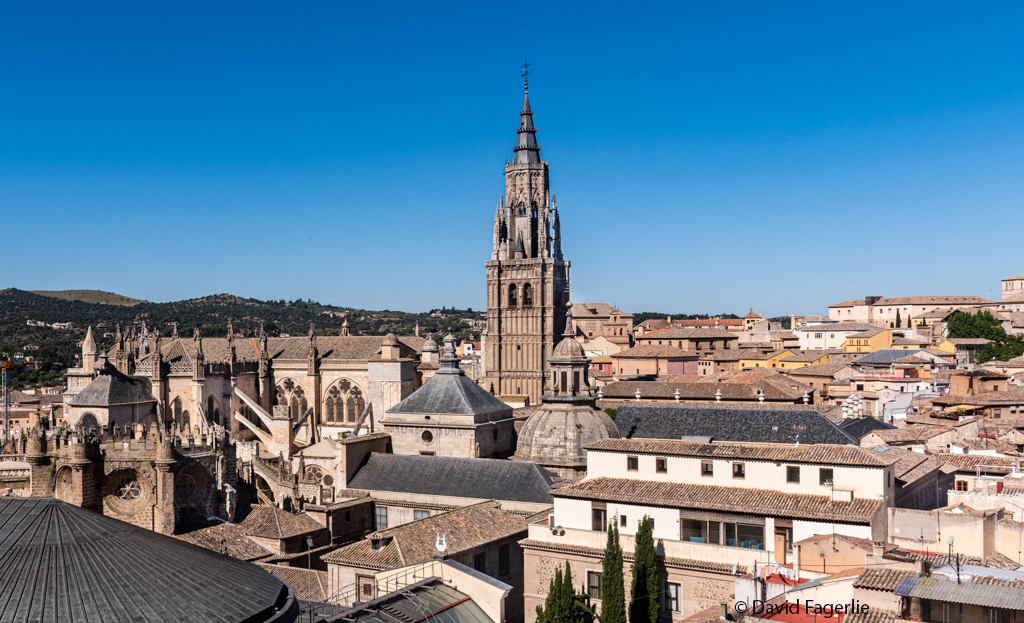
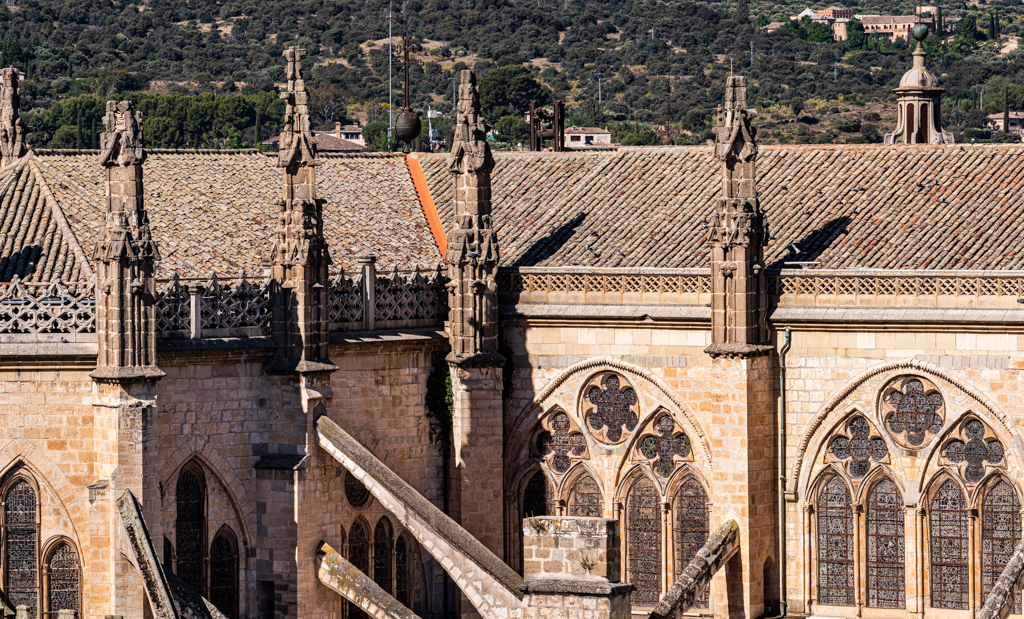
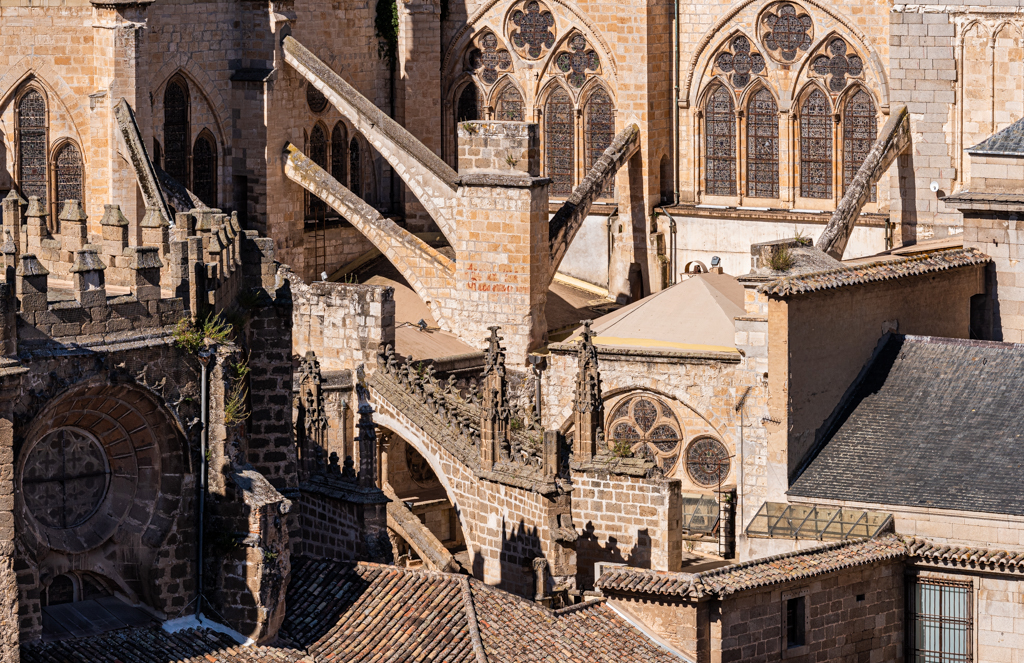
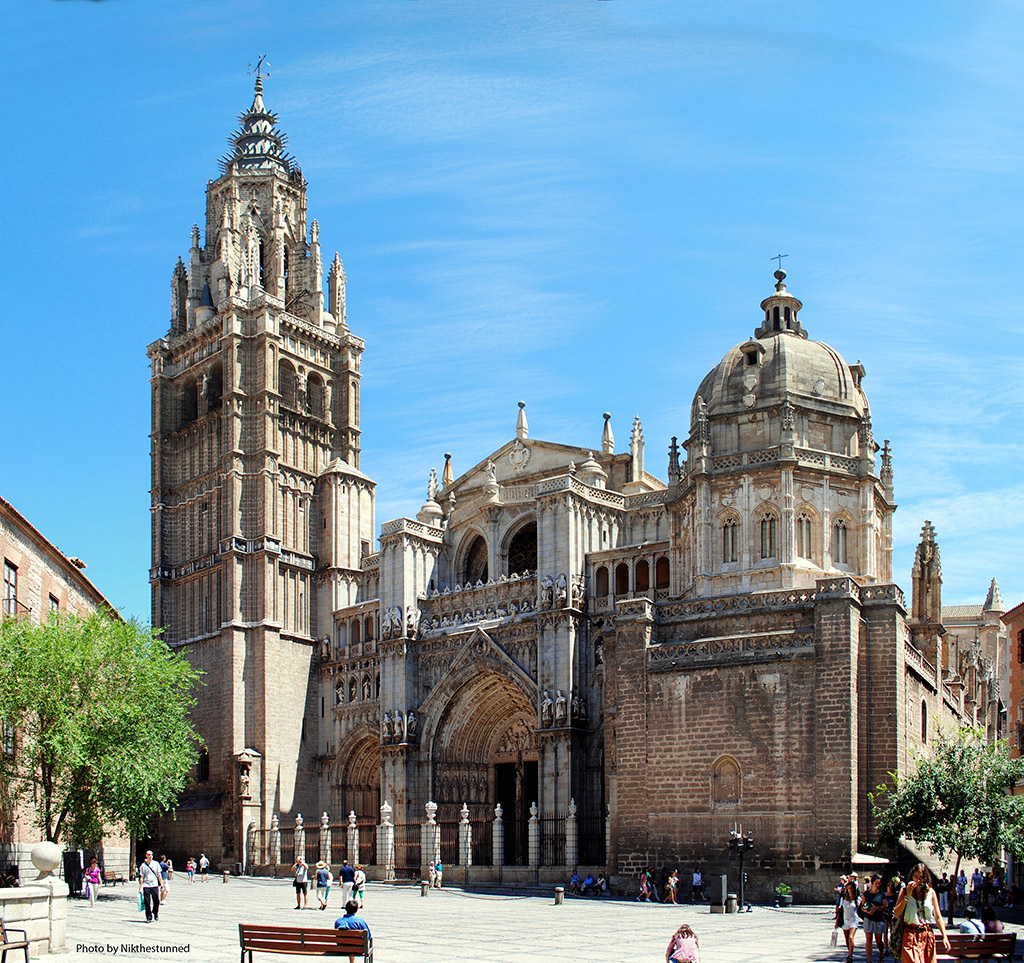
Walking through the huge doors into the cathedral was entering a wonderland of interior architectural design.
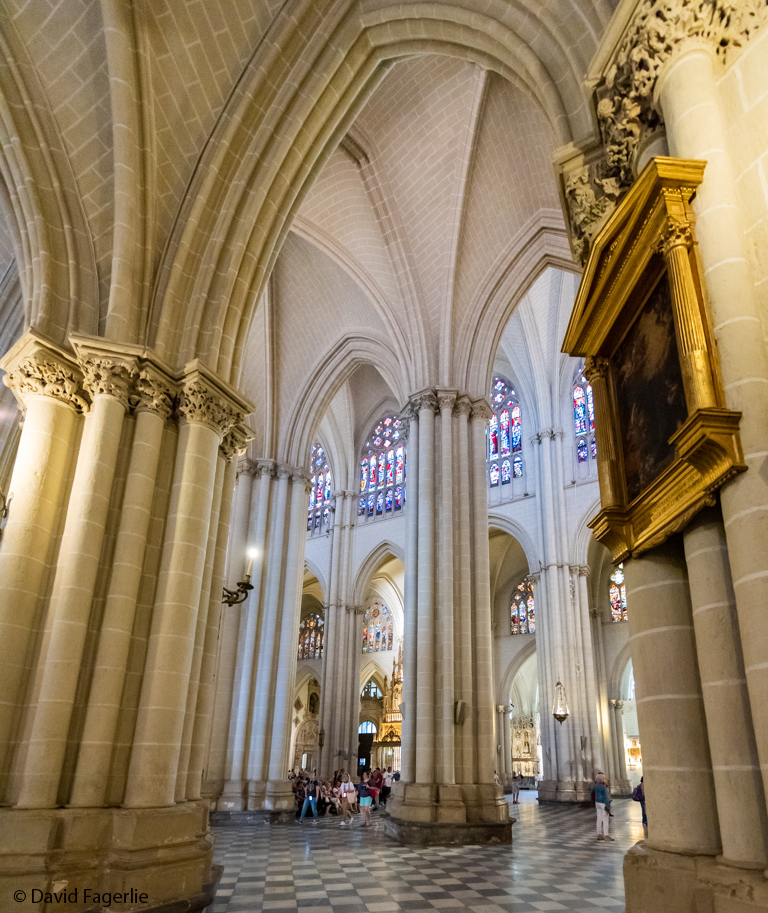
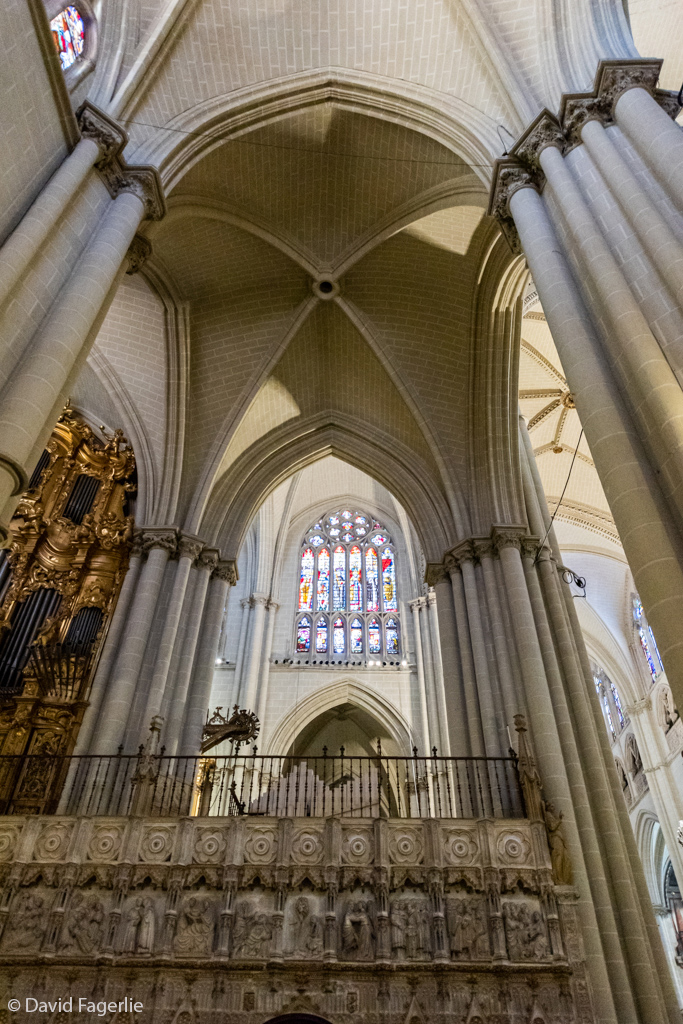
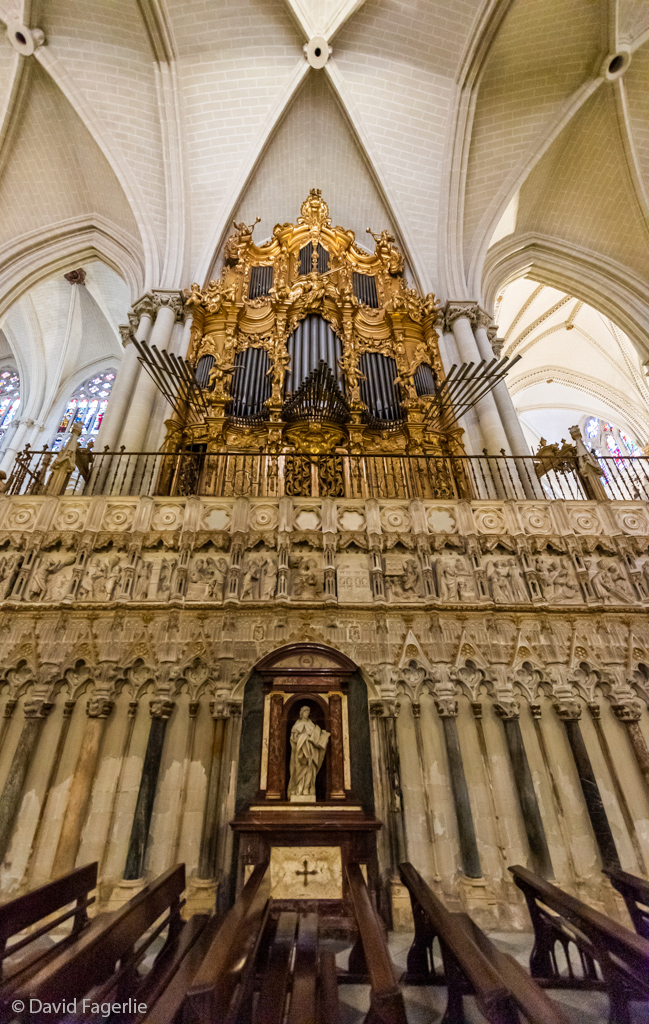
The cathedral has a sculpture, by an unknown artist, that is the most wonderful portrayal of the Madonna and Christ Child I have ever seen. In the first photo the statue is in context but you don’t see the lower part which was encased in middle-aged gawking tourists. So, in the second image I removed them all, substituting a black background so that you can see the full magnificence of the piece. Notice the gazes and hands of the Madonna and Christ child in relation to each other. Precious.

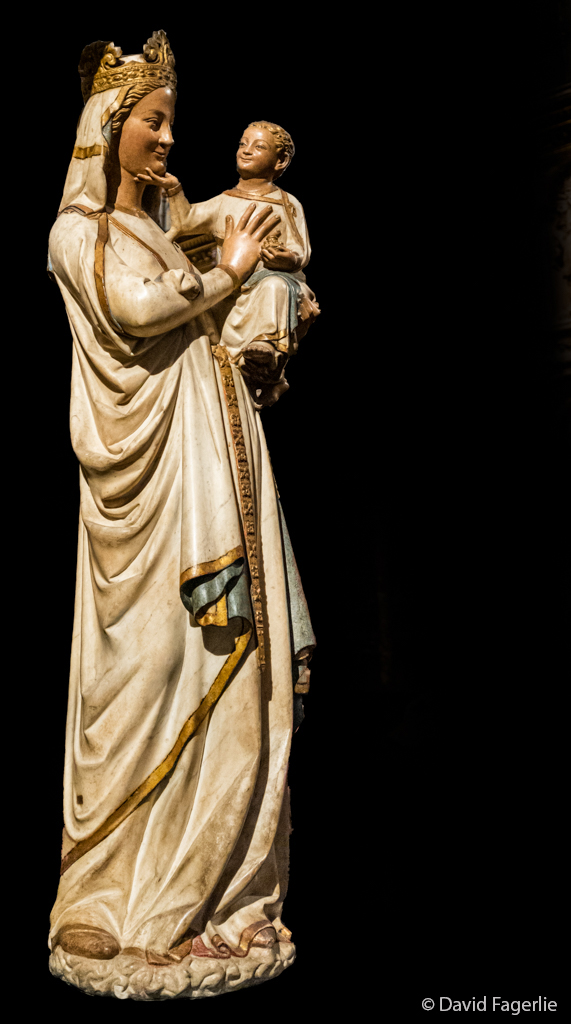
The cathedral is full of amazing sculptures, among them a portrayal of Christ’s intimate supporters around his body after the crucifixion. This large sculpture was in its own room a few steps below the main floor of the cathedral. It seemed the room was built for the piece? It was almost crypt-like, accentuated the feeling of sadness.
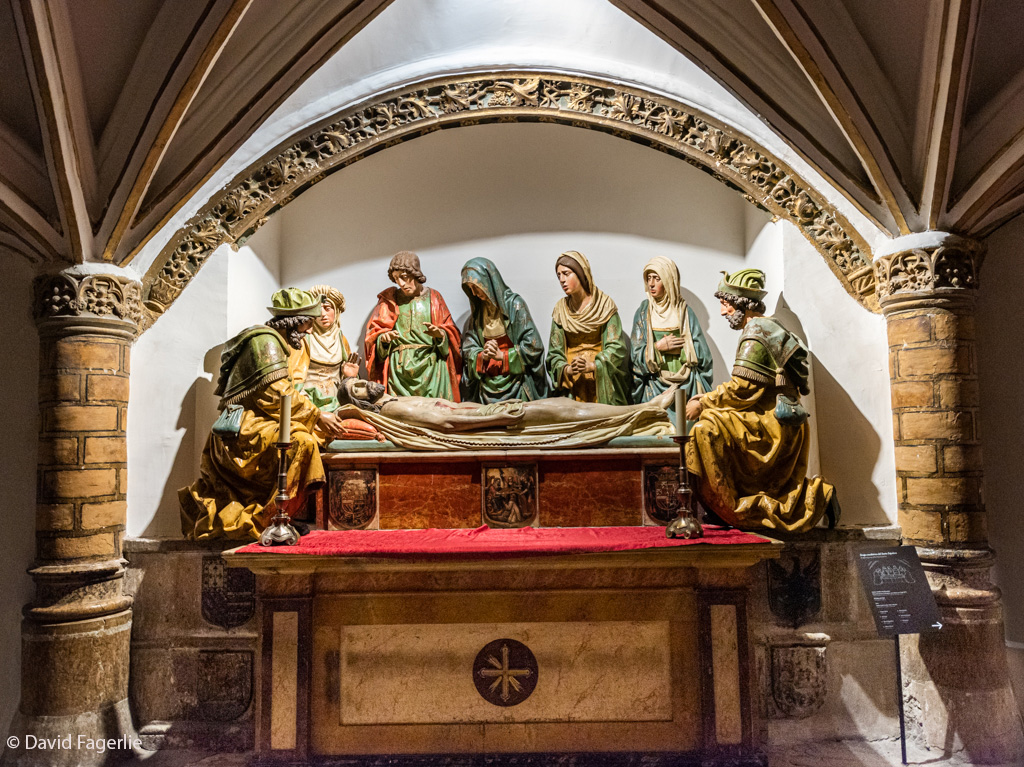
There were so many extraordinary sculptures, like this beautiful piece, that they started to look commonplace.
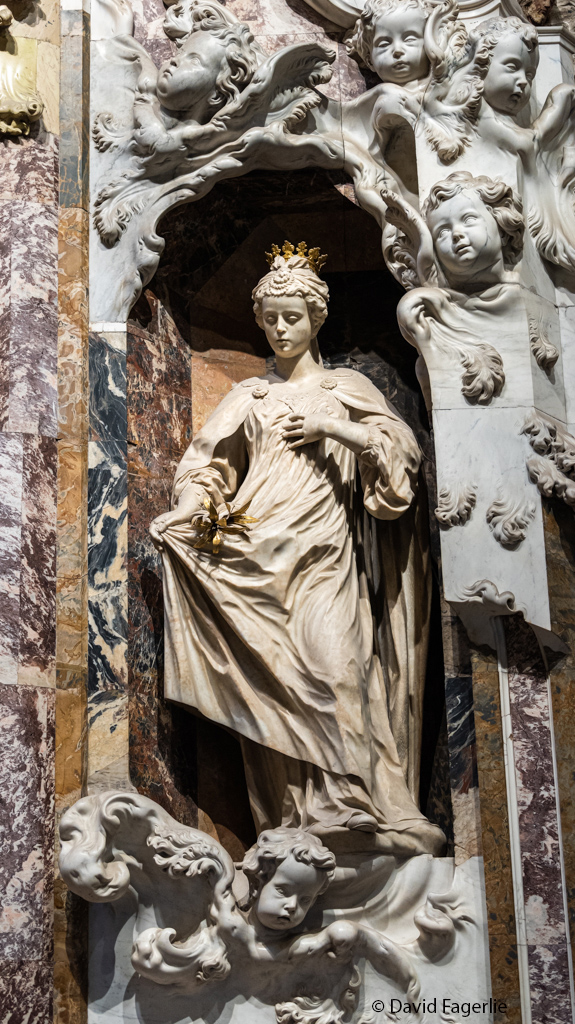
The cathedral is heavy with creations by now famous artists in history. Among them is an astonishing ceiling fresco surrounded by a ring of sculpture just below it. The fresco was painted by Luca Giordano, an Italian painter who worked in Naples, Rome, Florence and Venice before spending a decade in Spain.
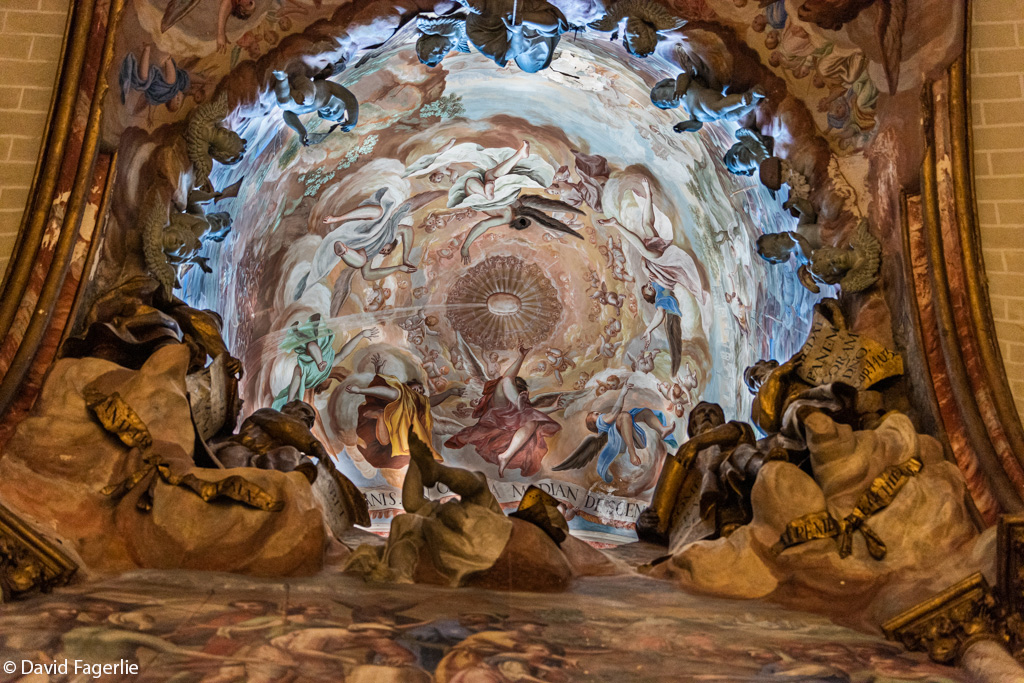
The fresco is lighted by daylight through a large window at the top of the cathedral. The light cascades down upon the most amazing sculpture in the cathedral, the Baroque altarpiece, “El Transparente.” The altarpiece was created by Narcisco Tomé, a Spanish architect and sculptor, and his four sons (two architects, one painter and one sculptor) from 1729 to 1732 using marble, bronze, paint and stucco.
The sculpture was commissioned by Diego de Astorga y Céspedes, Archbishop of Toledo. He wished to mark the the presence of the Holy Sacrament with a glorious monument. It is glorious indeed. I walked by it more times than anything else in the cathedral. I could not get enough of it. The archbishop paid 200 ducats for the piece, a gold or silver coin used as currency through the Middle Ages.
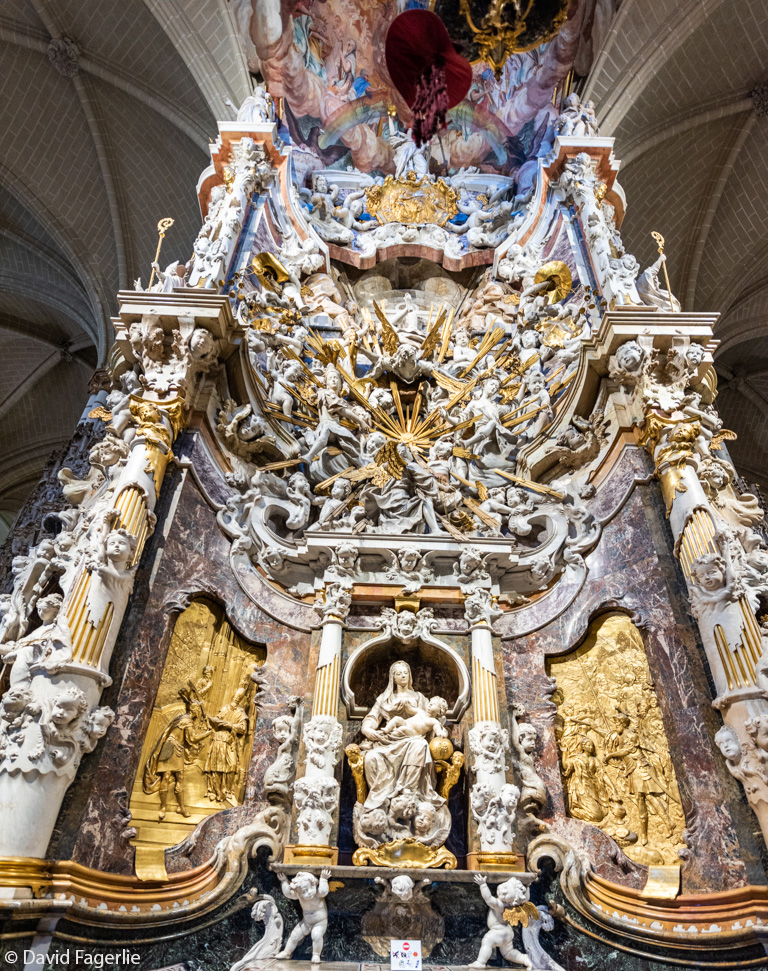
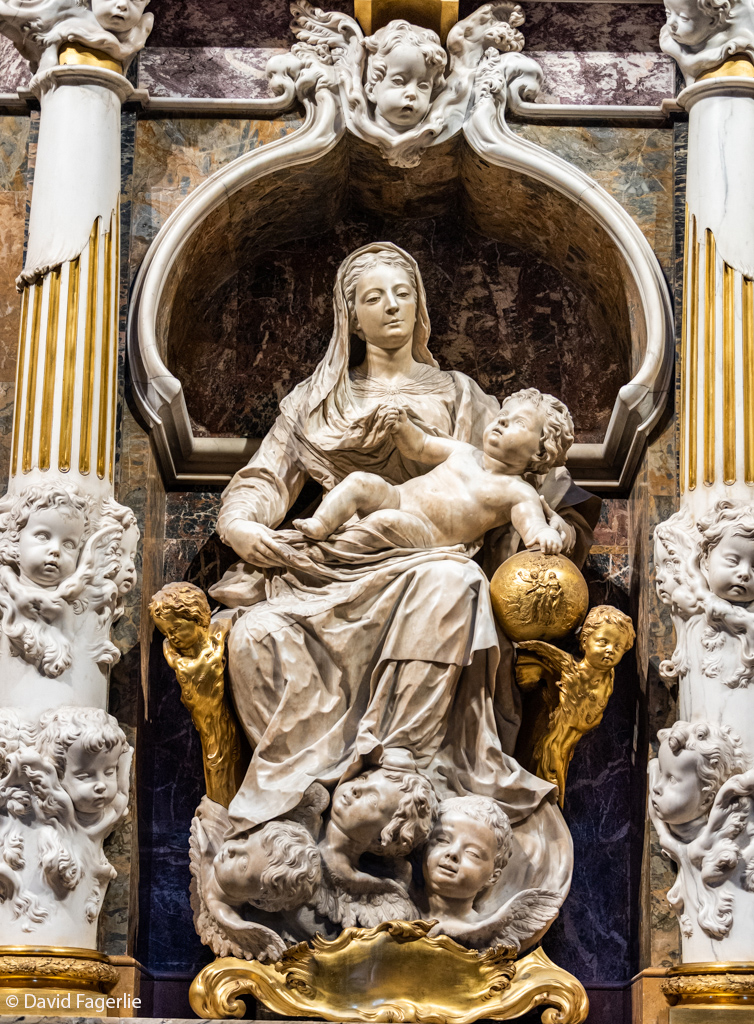
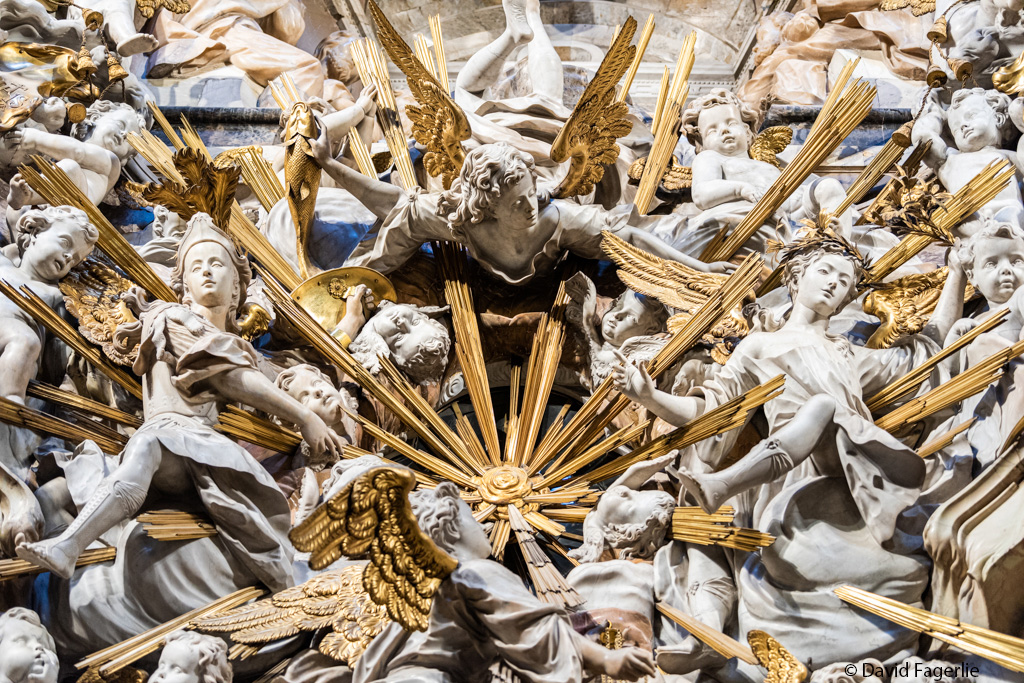
The Chapterhouse was commissioned by Cardinal Cisneros in 1504. The artesonado coffered ceiling, that is only partially visible in the first photo, was created by Diego López de Arenas and Francisco de Lara between 1508 and 1510. The wall painting was beautiful, some of it soothing and some disturbing.
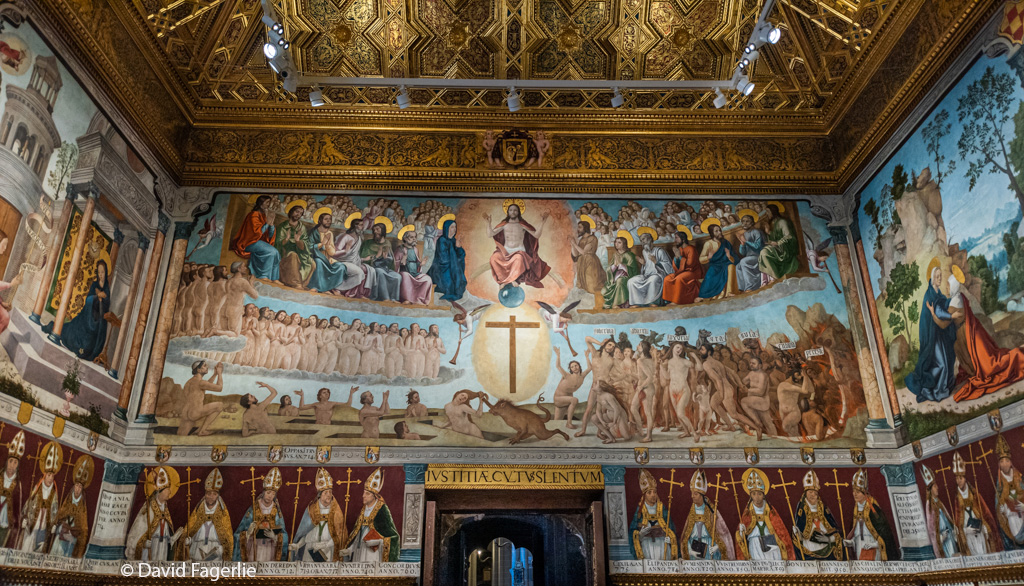
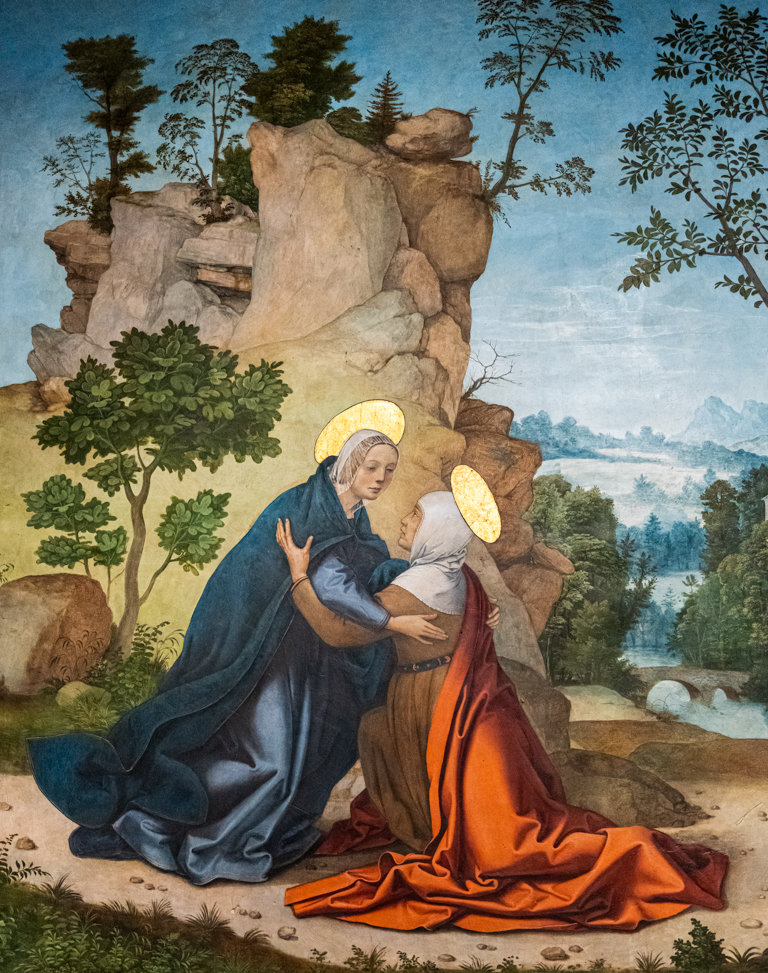
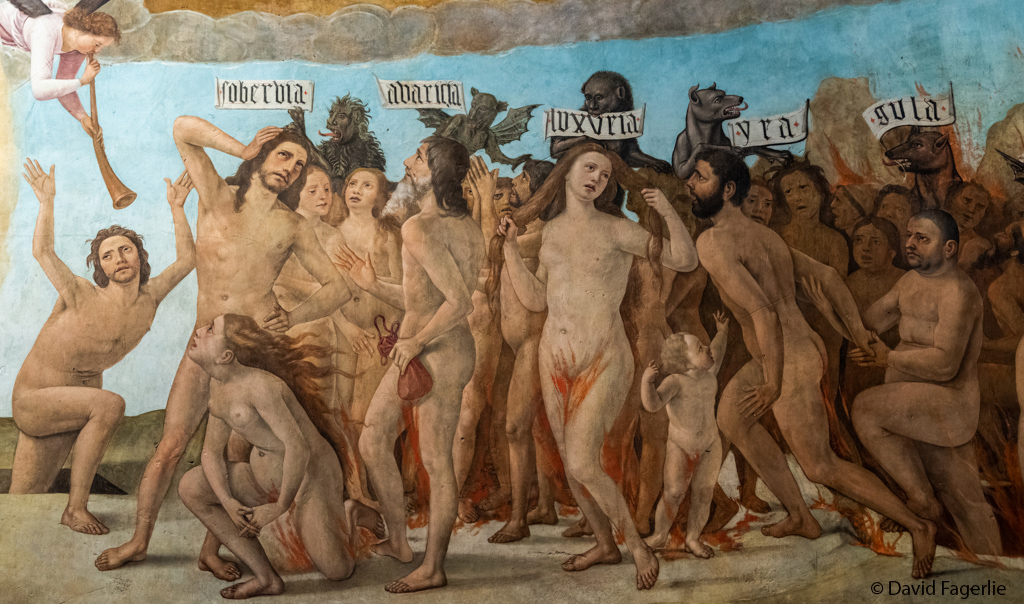
Finally, I must show you the retable of the cathedral, an extremely florid Gothic altarpiece that covered the rounded end of the building, from floor to ceiling – five stories. Apparently, it is one of the last examples of this artistic style, which disappeared as the Renaissance period began to take hold in Spain. Commissioned by Cardinal Cisneros, the work on this amazing piece began in 1497 and was completed in 1504.
Among the collaborating artists were Enrique Egas and Pedro Gumiel for design. Francisco de Amberes and Juan de Borgoña provided finishing sculpture of wood with gilding and punched patterns. Rodrigo Alemán, Felipe Vigarny, Diego Copín de Holanda y Sebastían de Almonacid did the religious images and Joan Petites did carving and filigree.
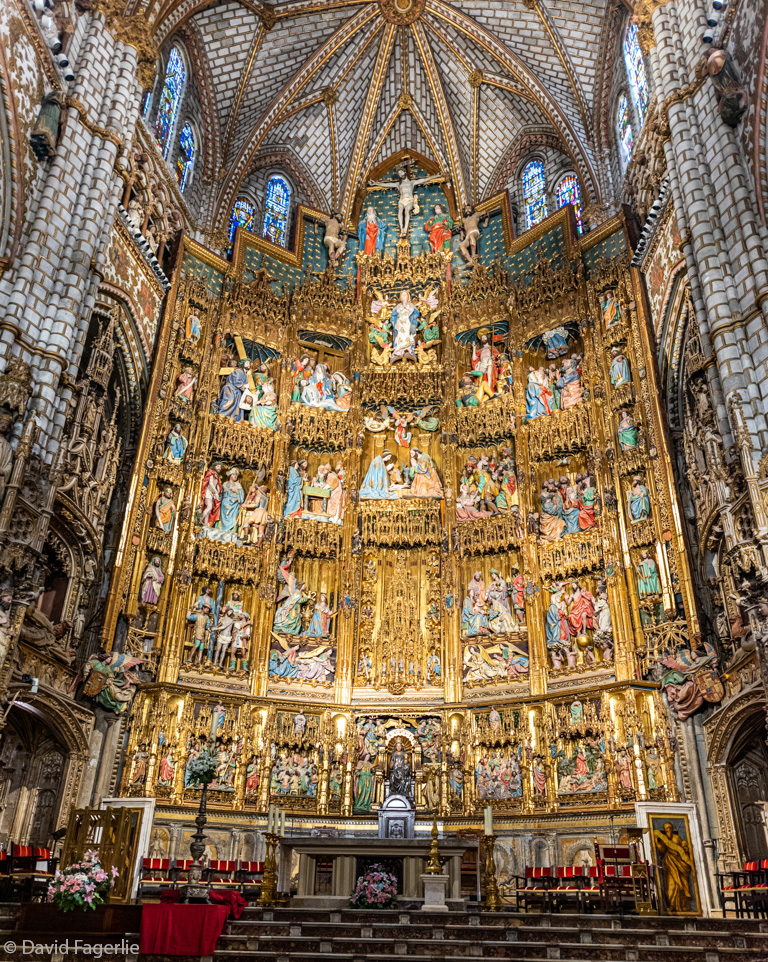
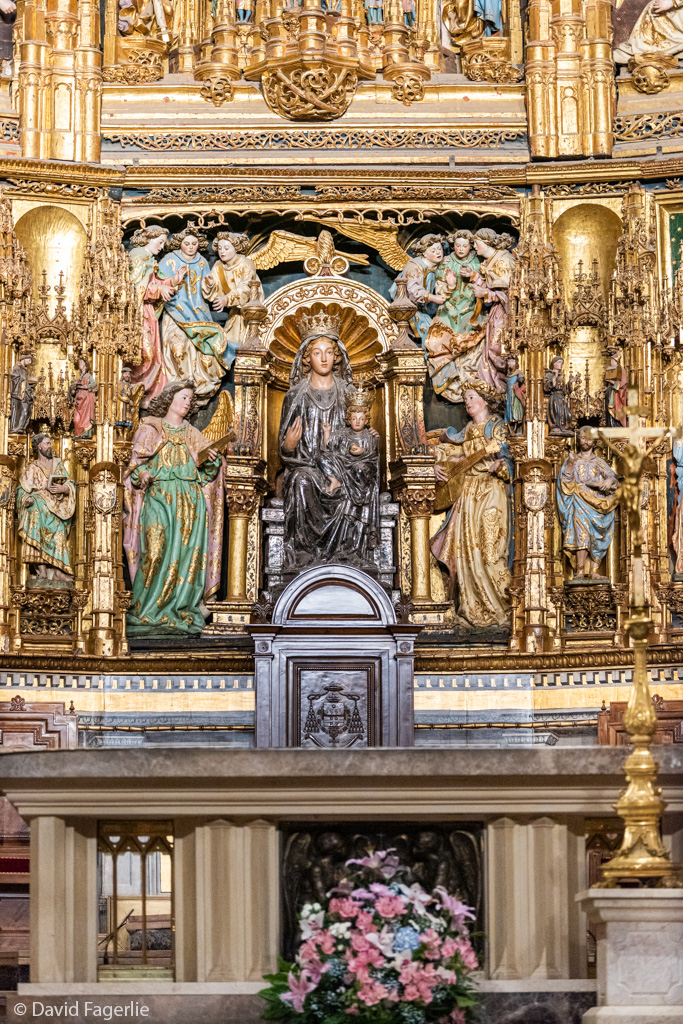
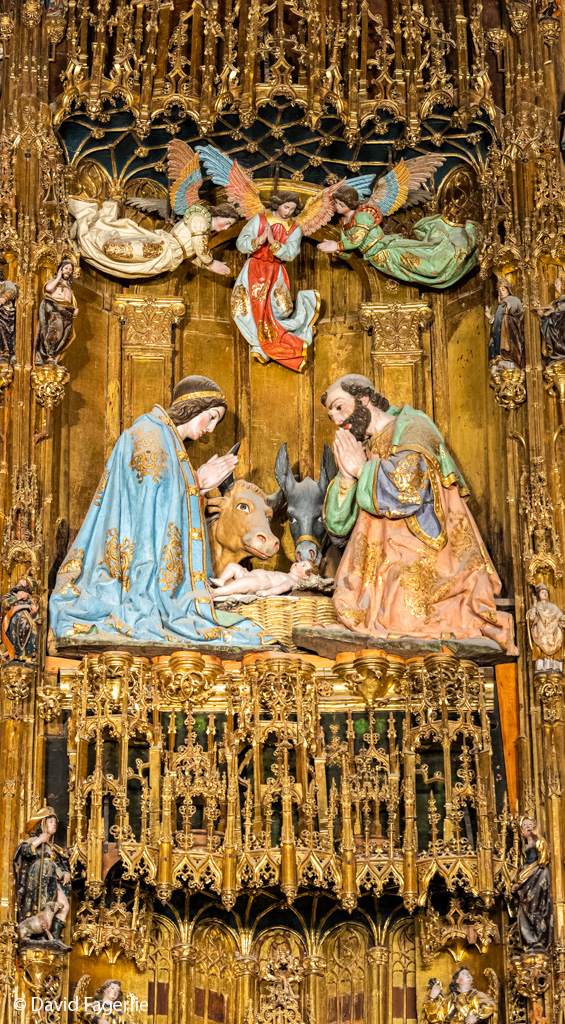
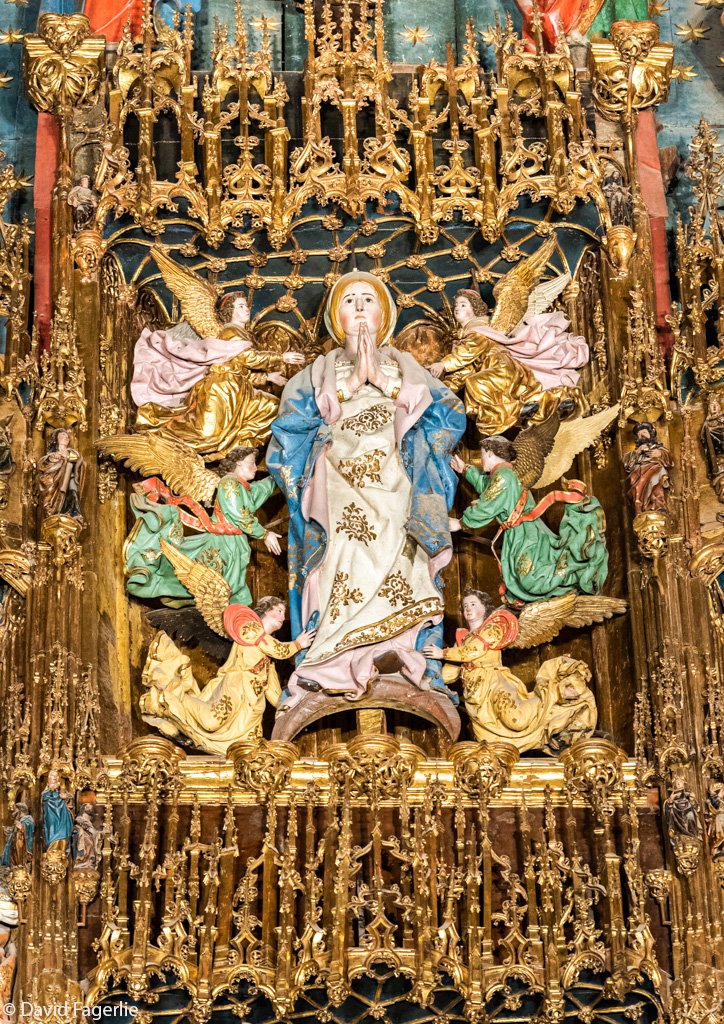
Higher resolution images are available as a slideshow in Galleries. You can access the gallery for this chapter directly by clicking HERE.
We now travel to Catalunya, and its crown jewel, Barcelona. Rest up. It is a big chapter. See you next Monday.
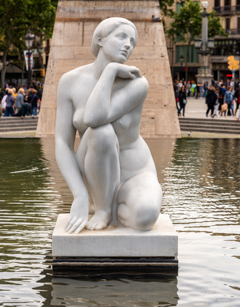

September 26, 2020
Chapter 5: Barcelona
Barcelona is an intensely interesting city.